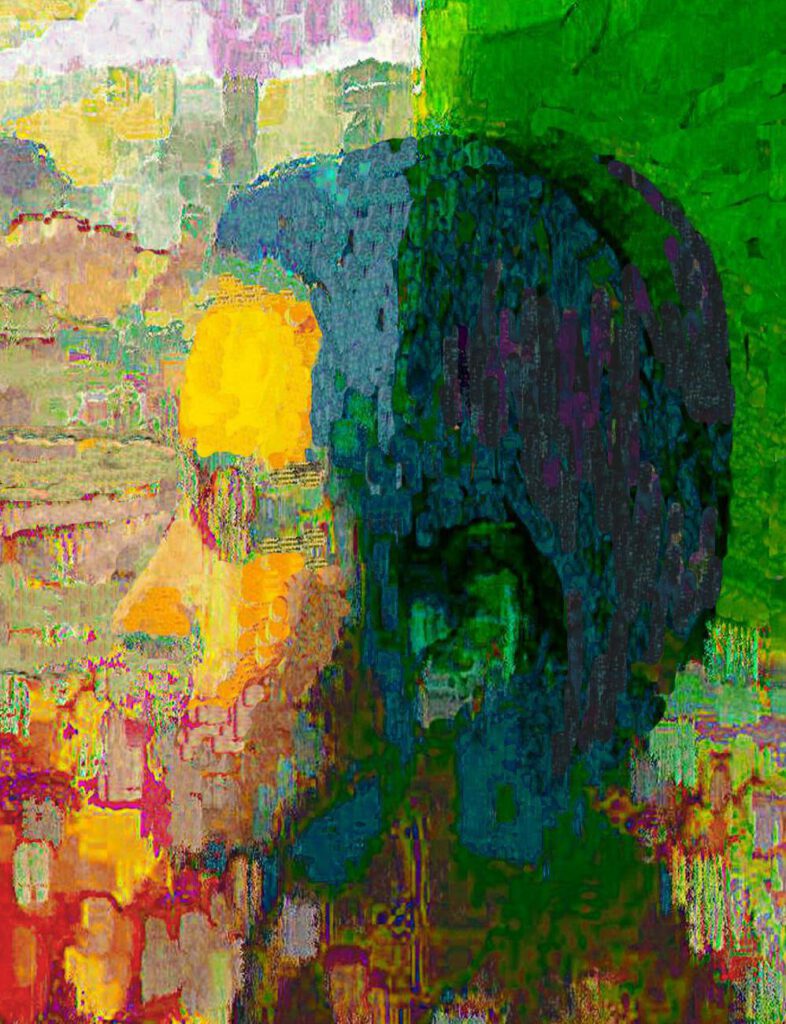The determination of what is considered art is a subjective and evolving process that involves various perspectives and influences. Ultimately, the determination of what is considered art is made by individuals, communities, societies, and cultural institutions.
Art is often defined as the expression or application of human creative skill and imagination, producing works to be appreciated primarily for their beauty or emotional power. However, the definition of art can vary significantly across different cultures, historical periods, and artistic movements.
Here are some key players who contribute to the determination of what is considered art:
-
Artists: Artists create works of art and often challenge traditional boundaries and definitions. They play a crucial role in shaping the artistic landscape and introducing new ideas, techniques, and forms.
-
Critics and Art Historians: Critics and art historians analyze and interpret artworks, offering insights and evaluations that can influence public opinion and establish artistic standards. Their assessments can shape the perception of certain works and artists.
-
Curators and Museums: Curators and museums have significant influence in shaping the art world. They select and exhibit artworks, making choices based on their artistic and cultural value. Their decisions can impact the visibility and recognition of artists and artworks.
-
Art Institutions and Organizations: Art institutions, such as art schools, galleries, art fairs, and auction houses, also contribute to determining what is considered art. They provide platforms for artists to showcase their work, and their endorsements and support can significantly impact an artist’s reputation and career.
-
Collectors and Patrons: Collectors and patrons, who often have significant financial resources, play a role in shaping the art market and influencing what art is valued. Their preferences and acquisitions can drive trends and determine the monetary worth of artworks.
-
Audience and Public Perception: The general public and the audience also influence what is considered art. Public interest, acceptance, and appreciation of certain forms, styles, or themes can elevate them to the status of art.
It’s important to note that the determination of what is considered art can be dynamic and subject to change over time. New artistic movements, cultural shifts, and social contexts can redefine the boundaries of art and challenge existing notions. Ultimately, the collective interaction between artists, critics, institutions, and the public shapes the understanding and definition of art.

